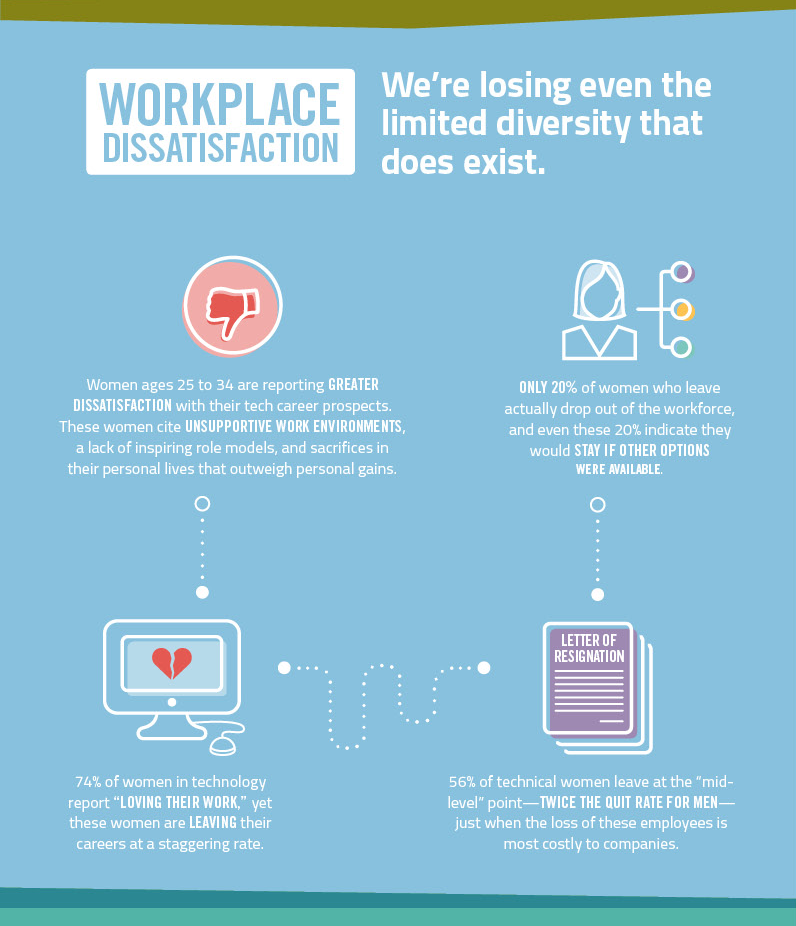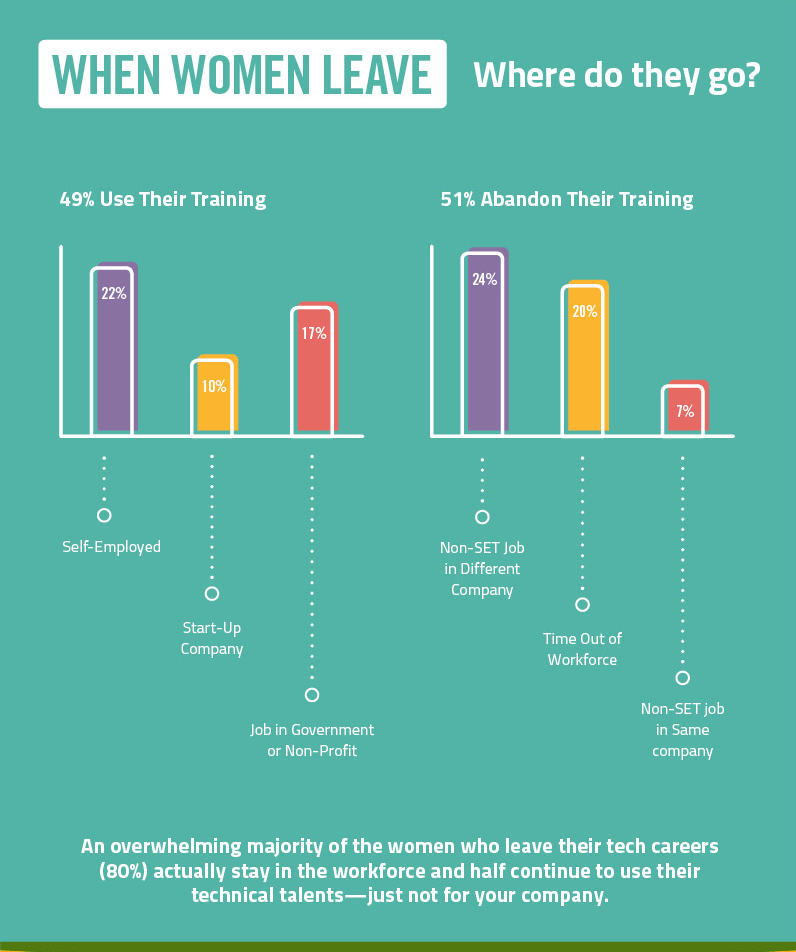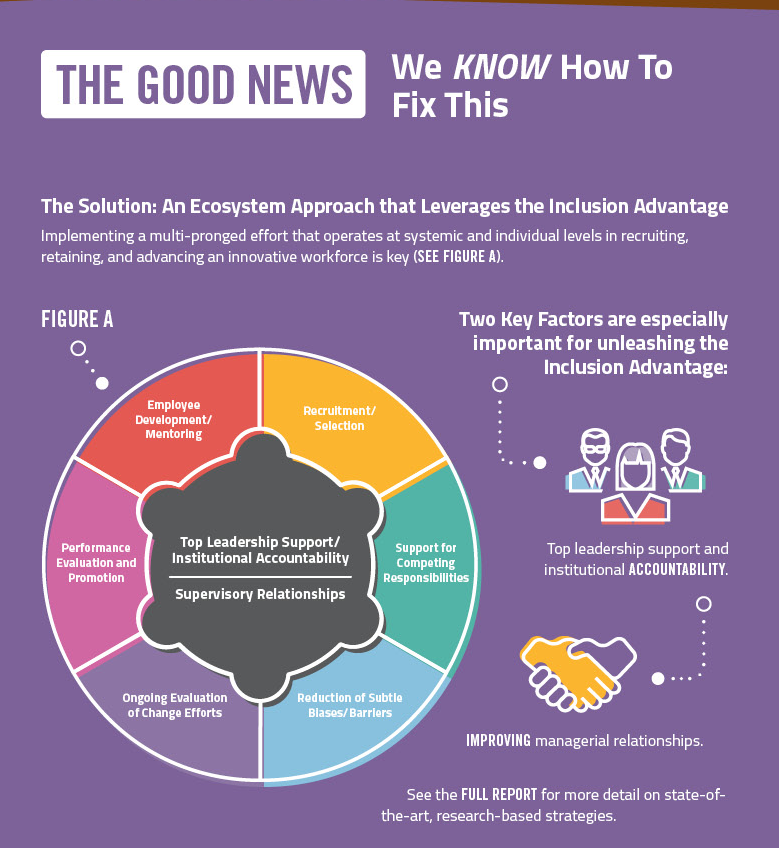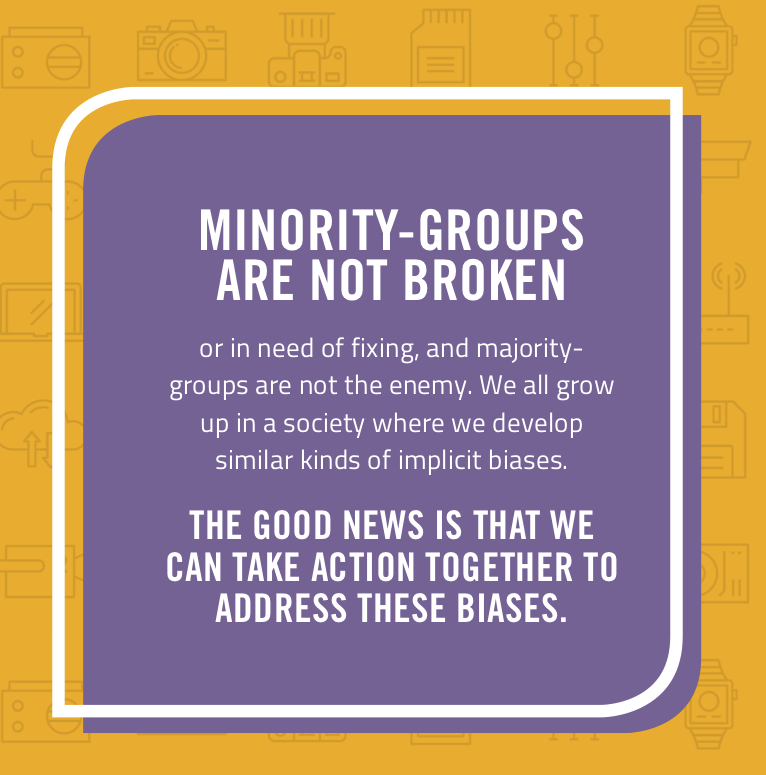Raising Female Technology Leaders

I was invited to a panel discussion by Roisin Parkes alongside Rohan Smith (Technology Leader – Optiver), Owen Senior (CTO – Ansarada) and Wendy Glasgow (CTO – OFX) in a Launch of the Female CTO/CIO Meetup in Sydney
The mission statement for this group is:
To change the ratio of female to male technology leaders from 1:10 (currently 9%) to 1:3 or greater (> 33%)

This post is a combination of discussions from the night and key takeaways from background reading of the Women in Tech Facts Report
Women in Technology – the Facts.
It didn’t surprise me that women were leaving tech mid-career. Anecdotally, I hear it a lot. But there’s nothing like empirical evidence to bring the message home. The number of women leaving tech mid-career is double that of men. What’s more, they’re not leaving to stay at home and mind the kiddies. The majority of women either leave to work outside of tech or go to start their own business. This suggests that though we may have a pipeline issue in attracting women to technology, we have a bigger retention issue.
85% of women in technology say they love their work. Women aged 25-35 cite ‘dissatisfaction at their tech career prospects’ with lack of role models as one of the reasons why.
I’ve included some links and resources that might help.
Looking back on my somewhat colourful career, male allies are very useful. In hindsight, a sponsor may have helped me in some of the tricky growth periods of my career. So consider the concept of sponsorship and that might be used at your workplace.
Many thanks to Roisin Parkes for introducing me to the National Centre for Women in Information Technology(NCWIT) website, which is packed with practical tips and advice.
Women in Technology – Work Place Dissatisfaction
The following facts come from the NCWIT 2016 Infographic.
74% of women loved working in tech, yet feel they work in unsupportive work environments.
Only 20% of women who leave drop out of the workforce (disputing the anecdotal myth that women leave to raise children)
56% of women leave at the mid-level point – twice the quit rate for men

When Women Leave – where do they go?
This I found super interesting as it reflected my personal experience
80% of women who leave their jobs in tech stay in the workforce.
A staggering 22% of women who leave tech go on to start their own business.
24% of women abandon their training to work for a different company in a non-technical role.

Women in Technology – The Good News
The good news is that there are ways to improve this. Utmost importance is top leadership support, followed by training for management and then transparent data collection.

I also like the nod to the concept of Male Allies. I have found useful within my own network. Everyone can take action against our implicit bias.
Succinctly put in this call out (again from the NCWIT report):

Male Allies is a systems approach to tackling gender diversity in tech.
Women in Technology – Actions
Read chapters 5 and 6 of the Women in Tech Report. It’s an excellent easy to read report with lots of practical advice.
Males, consider becoming a Male advocate for gender equality, women consider becoming an advocate for other minority groups.
If you are on twitter follow Better Allies they give great tips on how to develop a culture of inclusion.
Consider the guides below (wording and links come from the NCWIT website)
Critical Listening
“Use this guide to help identify common misunderstandings that surface when people talk about how to increase the participation of women. Learn to spot “red flags” that indicate a particular discussion is headed in a direction that may not be research-based or effective.”
http://www.ncwit.org/criticallistening
Supervising in a box
“Employees report that the supervisory relationship is one of the most significant factors in their decision to leave or stay with an organisation. Are you, as a supervisor, adequately prepared for this responsibility?
Even if your institution already has a formal training program for supervisors, use Supervising-in-a-Box to create highly productive teams that reduce employee turnover, capitalise on diverse innovative thinking, and ultimately strengthen their bottom lines.
The in-a-Box Series provides resources for addressing unconscious bias and institutional barriers that affect five different supervisory job functions. Each box focuses on one job function.”
https://www.ncwit.org/resources/supervising-box-series-full-series
Data Collection
“Developing a diverse workforce must be treated like any other critical business issue. Use this guide to help you collect important data and develop a strategic plan for increasing the meaningful participation of diverse groups in your organisation”
Data Collection Strategy Guide
I thought this was a blog on software testing?
Yes, it is. Software Testers are often the minority group within an agile team. It’s pretty common for teams to have a sole tester. Most testers in tech companies report to delivery or tech leads who typically don’t have any understanding of what makes a good tester.
To that end, I’ve experienced and seen testers feeling isolated, having little managerial support and I’ve seen their unique skills being overlooked in performance evaluations and promotion.
To me, how testers are valued and supported by a company is a lens on it deals with inclusiveness and diversity. After all, if you fail to recognise the value of diversity of skillsets within a team, what does that say for other forms of diversity?
In my next post, I will expand on the topic of the diversity of skill sets and how support testers within your agile team.



Comments ()